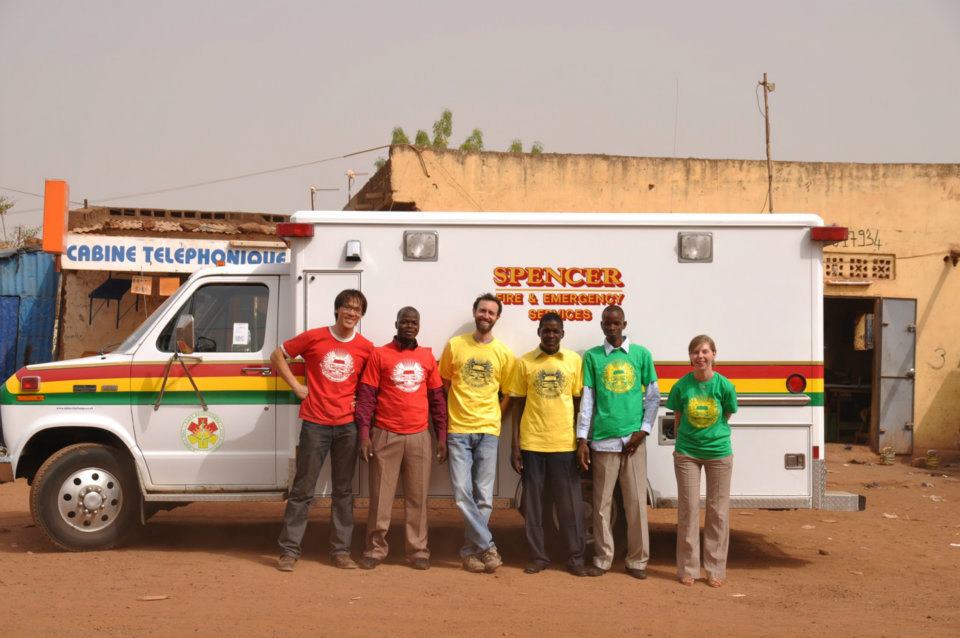February 20, 2012
by Stephen Jan in Bamako, Mali
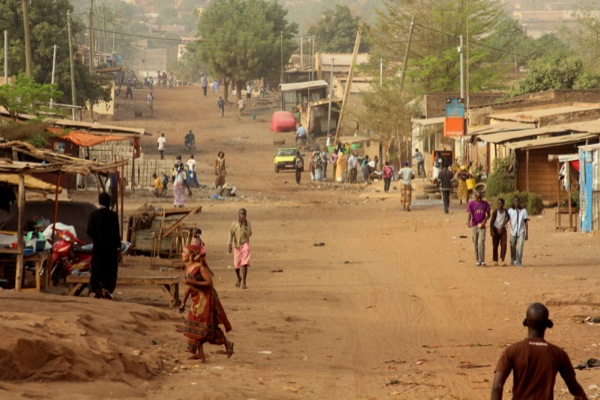
Monday’s challenge was to find the Mali Health Organizing Project field office at the Sikoro district in Bamako. Devon, the Programs Director, told us over the phone that an address wouldn’t be helpful at all. Sikoro isn’t the sort of place with street signs, addresses, or even pavement. It’s a developing neighborhood located in the northern edge of Bamako. Devon gave us instructions that looked like something out of a treasure hunt: “when you see the red gas station, drive 50 ft and take a left after 2 buildings. Drive 300 feet until you see a busy market. It won’t look like it, but there is a road there. Drive up the hill…” Markets and gas stations are pretty common sights here in Bamako, almost as common as the roving bands of goats - I was pretty sure we were going to get lost.
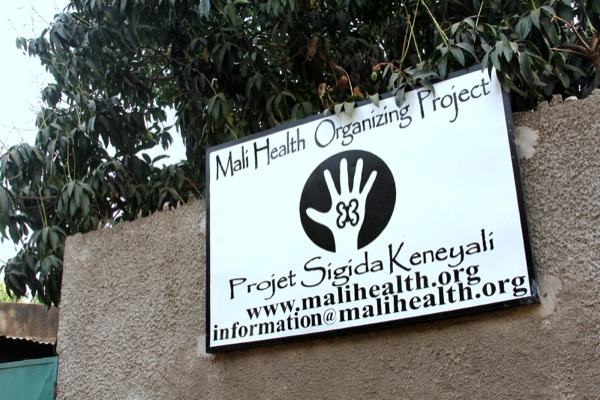
By now we had gotten pretty good at finding our way by playing charades with locals. We reached the MHOP field office only a couple hours late. Sikoro, the final destination for our charity rally lacked most, if not all, civic services. So far as we could see, access to water was limited to communal pumps. The roads were about as developed as the roads between Mauritania and Morocco, and without any waste management services, trash was routinely burned.

I had no idea what the MHOP field office was going to look like. There was a part of me that imagined walking into a wood thatch hut packed with starving children, waiting to be saved by American heroes. Instead, i found five optimistic, pragmatic professionals working out of an office not too different from my office at home - rooms with office desks, Wi-Fi enabled computers, conference rooms, and even white boards. Following the office tour, we presented MHOP with our care package from USA, including ASUS netbooks, printer ink, and other office supplies. It was a modest contribution to admirable work in what seems like really tough conditions. It was all pretty cool. After celebrating to bags of cool water, Devon took us up to meet of some of the people who help make all of the work here possible.
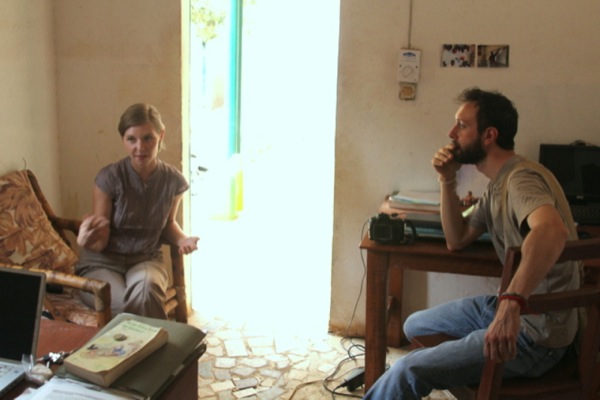
Amita is one of several local Malians who help MHOP do the work on the ground. Her house sits atop a hill up the road from the office, about 20 minutes away by foot. Never one to miss an opportunity to showcase our ambulance, I suggested taking the ambulance up for the visit. Devon insisted that we walk because the road isn’t very suitable for wheeled vehicles. I was only mildly disappointed. But when I saw the road conditions that we would have been up against, I understood.
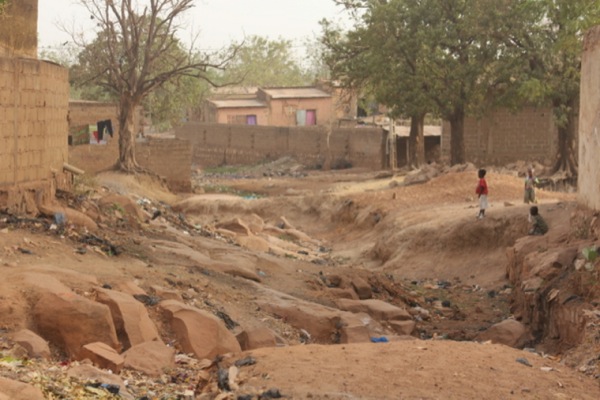
After a strenuous trek up the rocky hillside, we arrived at Amita’s house. By western standards, Amita’s house was be pretty run down. But by African standards, the place was awesome. It was spacious, trash free, and constructed using concrete and solid wooden roofing - sturdier than the flimsy aluminum shacks we came across on our way over. Amita greeted me with a soft and caring smile, offered a firm handshake, and beamed at me with fierce Africa-tough eyes. This person cared deeply about her community, and worked relentlessly to get the right things done. Devon described Amita as a well respected matriarchal figure for both the community and MHOP itself, on top of that, she raised 14 children behind these walls (WOW). Her relationship with MHOP reached as far back as the founding of the organization and she mentored just about every staff member who has walked through MHOP’s doors. She had been a guiding force behind many of MHOP’s initiatives, most notably the construction of a much needed clinic for the neighborhood. We spent the time talking about the sorts of issues that Sikoro faces and work she did for MHOP. Amita and the MHOP field workers primarily check up on the families enrolled in the MHOP “Action for Health” program and educate them on matters relating to child healthcare. Each worker carries a kit that included a scale, a tape ruler, a thermometer, a notepad, and a stop watch to collect health metrics for children. MHOP tracks these metrics and with the assistant of a resident doctor, would recommend visits to the local clinic. The intention was to catch health problems early and prevent minor issues from escalating into serious problems.

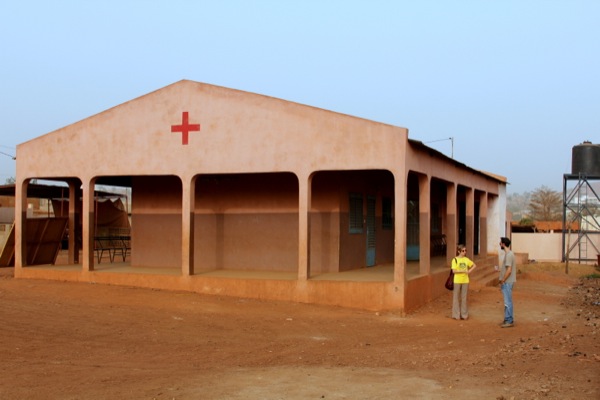
The third stop for us was the clinic that MHOP had built years ago. Originally, the government had promised to build a clinic to serve the local neighborhood. This clinic was originally slated to be built by the government. But after years and years of languishing in Malian paperwork (all too familiar to us), MHOP decided to take it upon themselves to see if they could provide the funding and build it on their own. Sure enough, step by step, MHOP eventually laid the foundation and built a structure that would come to become the main clinic that serves the area. It’s one thing to check out a charity’s website, sort through material that explains charity projects, and listen to a representative explaining all this stuff, but meeting the people and seeing first hand what happens on the ground was a totally different matter. I still cant say i know that much about charity work, but talking to people who are passionate about what they do day in and day out was pretty inspiring.
